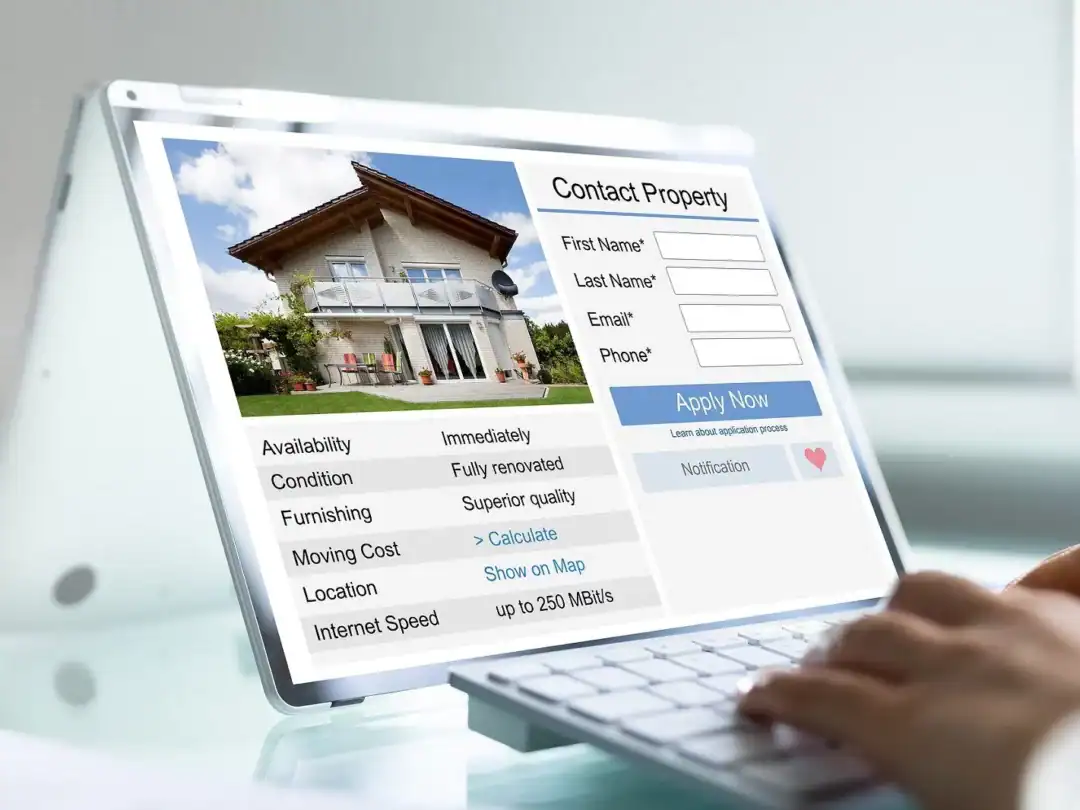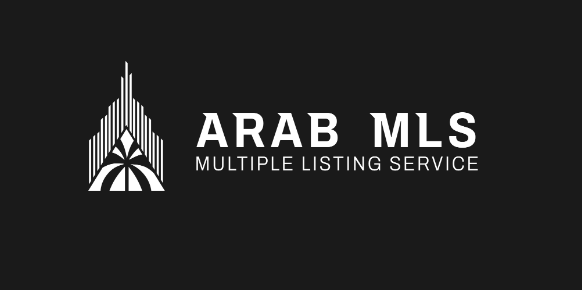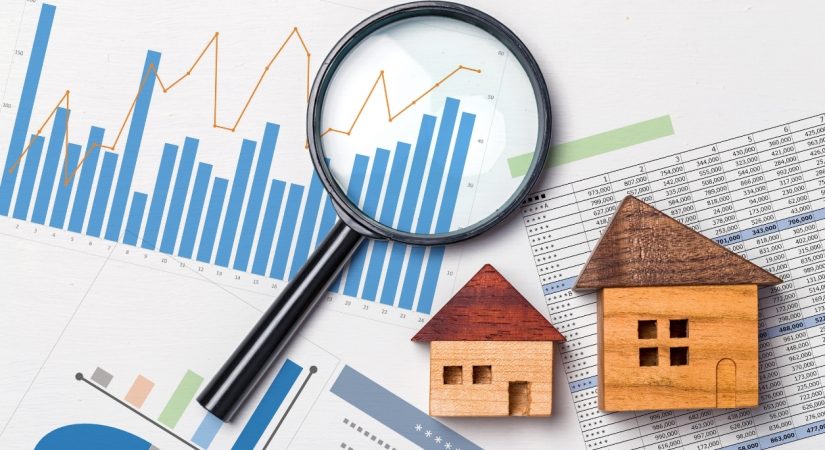In the multifaceted process of buying or selling a home, financial clarity stands as a pillar of confidence for all parties involved. Among the critical financial considerations for prospective buyers are property taxes—ongoing expenses that can significantly impact monthly budgets and long-term affordability. However, property tax information is often overlooked or insufficiently detailed during preliminary home searches, leaving buyers uncertain about the true cost of ownership. For real estate agents and brokerages, the challenge is to educate clients accurately while differentiating their services in a competitive marketplace.
The rise of custom tax forecasting tools integrated with Multiple Listing Service (MLS) listings has ushered in a new era of transparency and precision. With these digital innovations, agents can unlock deeper insights into tax liabilities, empowering buyers to make better-informed decisions before stepping into the negotiation or financing stage. This article delves into the function, benefits, and implementation of custom tax forecasting tools tailored specifically for MLS listings, highlighting how they enhance clients’ experiences and streamline the home-buying journey.
The Importance of Property Tax Understanding
Property taxes represent a continuing obligation that can considerably influence an owner’s financial planning. While the listing price and mortgage terms often dominate initial conversations, the recurring property tax payment is equally crucial. Variations in tax rates, assessment methods, and applicable exemptions can lead to significant differences between seemingly comparable homes, especially in regions with dynamic tax landscapes.
Unfortunately, many listing platforms fail to present detailed or region-specific tax data. Buyers may rely on vague estimates or outdated figures, making it difficult to anticipate their potential expenses accurately. This uncertainty can lead to buyer hesitation or disappointment later in the process. For agents, it becomes imperative to provide clients with tools that illuminate these hidden costs, fostering trust and guiding realistic budgeting.

What Are Custom Tax Forecasting Tools?
Custom tax forecasting tools are sophisticated software applications designed to estimate future property tax liabilities for homes listed in the MLS. Unlike generic calculators, these tools are often integrated directly into MLS platforms or linked via agent-facing websites, allowing users to input a property’s specifics and local tax parameters to generate tailored forecasts.
These systems analyze multiple variables, including the home’s assessed value, local millage rates, recent assessment trends, exemption possibilities, and scheduled rate changes or caps. Some models incorporate predictive elements, such as anticipated municipal budget growth or legislative changes that might affect tax rates. Through an intuitive interface, buyers and agents receive clear and contextualized tax projections, often spanning multiple years.
How These Tools Function
At their core, custom tax forecasting tools utilize a combination of real estate data and localized tax information. Once a property is selected or identified within the MLS, essential details such as assessed property value, property class, and location codes feed into the tool’s algorithm. Next, the software accesses local tax rate databases, potentially updated regularly through partnerships with municipal finance departments or third-party data aggregators.
The tool then calculates the current year’s property tax based on the assessment and millage rate and applies forecasting models to estimate growth or changes over the upcoming years. It may adjust for known variables such as scheduled reassessments or anticipated shifts in local tax policy. The result is typically presented as an annual tax amount and often broken down into monthly equivalents, making it more relatable to buyers accustomed to budgeting by month.
Some advanced tools further allow users to simulate the impact of exemptions, such as homestead or senior reductions, and explore “what if” scenarios based on hypothetical changes in property value or tax rates.
Benefits to Buyers and Sellers
For prospective buyers, access to accurate, customized property tax forecasts represents a transformational advantage. This transparency aids in calculating the total cost of homeownership, reducing surprises, and ensuring the property fits within their financial boundaries. Knowing the full tax burden upfront often leads to higher buyer confidence, facilitating smoother negotiations and quicker decision-making.
Sellers and listing agents also benefit indirectly. Listings enhanced with tax forecasting information attract more serious and well-prepared buyers. Agents can differentiate their marketing efforts by providing a more comprehensive picture of ownership costs, which strengthens their reputation and client satisfaction. The presence of this data reduces post-offer renegotiations driven by tax-related financial surprises, expediting the transaction timeline.
Integrating Tax Forecasting with MLS Listings
Efficient integration of custom tax forecasting tools with MLS listings requires strong collaboration between technology providers, local tax authorities, and MLS administrators. Many MLS platforms now offer the capacity to embed these tools or link to them via plugin widgets, accessible directly within property search portals.
To enable this integration, real estate professionals either utilize built-in MLS functionalities or partner with third-party software vendors specializing in tax data analytics. The implementation process focuses on data accuracy and system responsiveness because buyers benefit most when forecasts update promptly after tax rolls are issued or when policy changes occur.
Agents often incorporate the forecasting outputs into marketing materials and client presentations, leveraging them as educational tools during home tours or initial consultations.
Overcoming Challenges
While the promise of custom tax forecasting is compelling, several challenges warrant attention. Real estate taxes can vary widely due to assessment cycles, exemptions, special district levies, and more. Capturing all relevant tax components in a streamlined forecasting model demands ongoing collaboration with local government data sources, which can be inconsistent or delayed.
Additionally, tax laws and rates may change due to legislation, ballot initiatives, or municipal budgeting decisions. Forecasting tools must balance precision with adaptability, clearly communicating the assumptions underlying their projections to users.
There is also the matter of user experience. Overly complex interfaces or dense numerical data risk alienating average homebuyers. Successful tools present information clearly and concisely, often contextualizing figures with comparisons or visual aids.

The Competitive Edge for Real Estate Professionals
In an increasingly digital and information-driven market, real estate professionals must leverage technology to provide superior service. Offering customized tax forecasting elevates agent expertise, providing clients with a fuller financial picture that goes beyond listing price.
This depth of insight not only builds trust but also shortens sales cycles by addressing potential buyer concerns early. Agents who utilize such tools position themselves as knowledgeable advisors attuned to both market dynamics and the nuanced details that influence affordability.
Using custom forecasting also aids brokers at a higher level. By aggregating tax trends across portfolios of listings, brokerages can engage in strategic marketing, target particular buyer demographics, and tailor communication efforts accordingly.
The Future of Tax Forecasting in Real Estate
As data accessibility improves and predictive analytics grow more sophisticated, custom tax forecasting tools will likely incorporate even greater levels of personalization and foresight. Integration with AI-driven platforms may allow real-time adjustment of tax forecasts as municipal budgets evolve, and enhanced user interfaces might provide comparative tax analysis across neighborhoods or municipalities.
Moreover, the proliferation of mobile platforms ensures that buyers can access tax forecasts instantly during property tours, on both agent apps and public-facing tools, enhancing decision-making in the moment.
Environmental considerations and upcoming tax incentives related to energy efficiency or sustainable construction could further expand these tools’ relevance, helping buyers understand potential savings and tax credits.
Conclusion
Custom tax forecasting tools integrated with MLS listings empower both buyers and agents by transforming opaque property tax information into clear, actionable insights. By revealing the full financial implications of homeownership early in the search process, these tools foster confidence, facilitate prudent budgeting, and enable more informed decisions. For real estate professionals, embracing this technology signals leadership, differentiates service offerings, and ultimately enhances client satisfaction.
As the technology matures and local data integration advances, custom tax forecasting will become an indispensable component of the real estate transaction experience, making the journey of buying a home more transparent and less intimidating for all involved.
Frequently Asked Questions (FAQs)
1. What are custom tax forecasting tools for MLS listings?
Custom tax forecasting tools estimate future property tax liabilities for homes listed on MLS by analyzing local tax data, assessments, and exemptions.
2. Why is understanding property taxes important for homebuyers?
Property taxes are an ongoing expense affecting affordability. Knowing estimated taxes helps buyers budget accurately and avoid surprises after purchase.
3. How do these tools calculate estimated property taxes?
They use a property’s assessed value, local millage rates, tax exemptions, and projected changes to forecast annual tax amounts over upcoming years.
4. Can sellers benefit from including tax forecasts in their MLS listings?
Yes, sellers attract more informed and serious buyers, reduce negotiation delays, and enhance marketing by providing clear ownership cost information.
5. How accurate are the tax forecasts these tools provide?
While based on current data and trends, forecasts are estimates subject to change due to reassessments, policy shifts, or rate adjustments.
6. Are custom tax forecasting tools easy for buyers to use?
Most tools feature user-friendly interfaces that present tax data clearly, often translating annual taxes into monthly payments to aid understanding.
7. How are these tax forecasting tools integrated with MLS platforms?
They can be embedded directly in MLS portals or linked via plugins, pulling real-time tax data and updating forecasts as new information becomes available.
8. What challenges exist in implementing tax forecasting tools?
Challenges include data variability from local jurisdictions, tax law changes, and ensuring a user-friendly presentation without overwhelming buyers.













